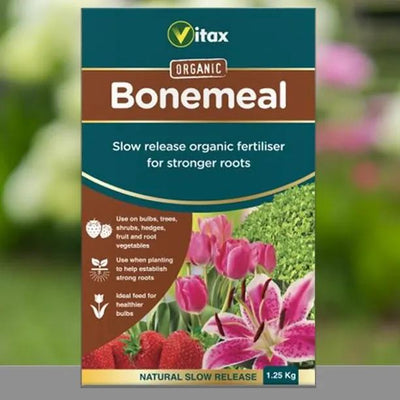Worcester Pearmain Apple Trees
The Worcester Pearmain epitomises an English apple, rosy red cheeks on a green background, crisp cream flesh, a sweet flavour that can veer towards strawberry when ripe, and enough of the Blitz spirit in it to survive the chilliest parts of the United Kingdom. Its blossom is particularly attractive in early May and it crops early so that you have fruit just when facing the first of the autumn evenings. Although the tree won't grow to the height of many other apple trees it produces a generous amount of fruit each year. It also happens to be very easy to grow.
Garden Design Ideas
The enormous advantages of this apple tree is that the apples are fully ripe early in September and that it doesn't mind being grown somewhere fairly exposed. Because the apples have to ripen in a relatively short period of time the flavour will depend on that summer's weather. The hotter it has been, the sweeter and more strawberry-like the taste. The apples do not keep however and so for a continuous supply of eating apples you should try to plant a later eating variety at the same time. The advantage of this is that planting another apple from the correct pollinating group will maximise your crop from both trees. An excellent recommendation would be Adam's Pearmain which also copes with exposed sites and produces a very different style of eating apple in October. It won't take long for your nearest and dearest to work out what a scrumptious apple Worcester Pearmain is on its own or cut up in salads, but should you have any left over they make delicious juice too. And for those who cannot resist making all parts of their garden utterly beautiful why not artfully arrange a climbing rose through its boughs?
Features
Features
- Height: Bush to 3m. Half standard to 4 m
- Use: Eating & Juicing: A sweet apple, tasting of strawberries
- Pruning: Partial Tip Bearer
- Pollination: Self Fertile and Pollinator
- Pollination Group: Group C
- Picking: September
- Apple colour: Red/Green
- Storage: 1 week
History & Trivia
The offspring of Devonshire Quarrendon - the Worcester Pearmain has been used in many breeding programmes to try to intensify its strawberry taste, early ripening and attractive red flush. Successes include Katy, Lord Lambourne and Discovery, which all worth adding to your collection. And it did indeed come from Worcester as early as 1870. Pearmain comes from Old French, meaning pear.

 Secure, One-Tap Checkout
Secure, One-Tap Checkout
 Hand Picked, Delivered to Your Door!
Hand Picked, Delivered to Your Door! 1 Year Bareroot Guarantee
1 Year Bareroot Guarantee



















